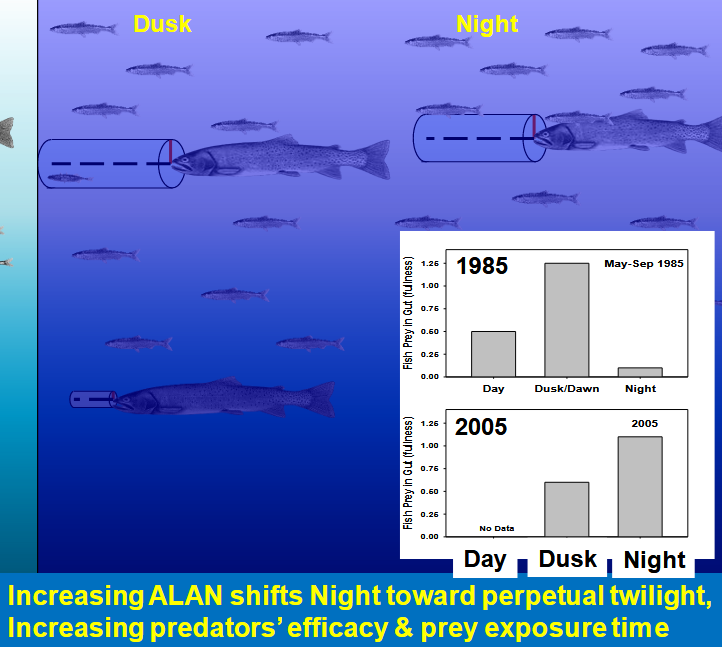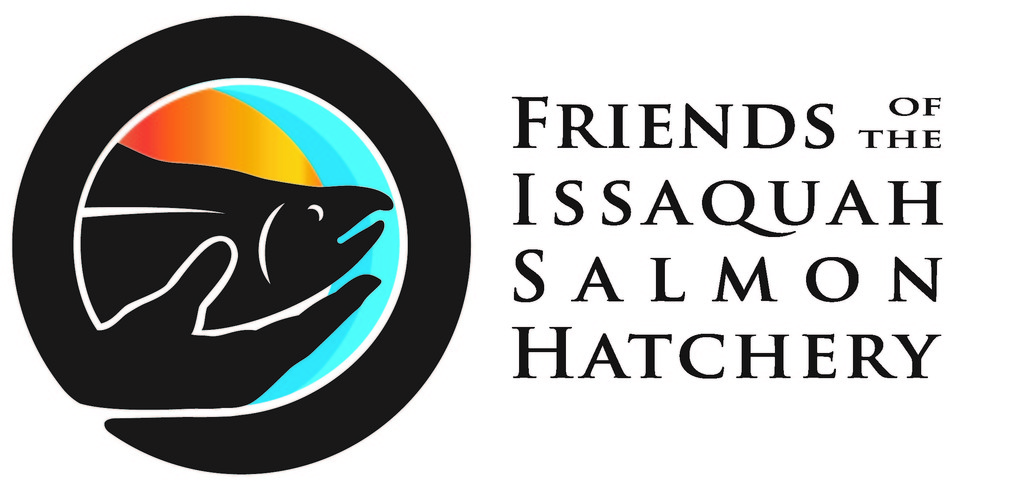How does Articifical Light at Night (ALAN) affect salmon populations?
𝕎𝕙𝕒𝕥 𝔸𝕣𝕖 𝕎𝕖 𝔻𝕠𝕚𝕟𝕘 𝔸𝕓𝕠𝕦𝕥 𝕀𝕥?
Bottom line: we can reduce this predation by reducing the light pollution, especially along shorelines. Based on research by David Beauchamp, Roger Tabor (USGS and UW-SAFS) and others, funded in part by actions taken by our very own Representative Bill Ramos, an turned into action plans by the WRIA 8 Salmon Recovery Council, Kokanee Work Group, Trout Unlimited, the City of Issaquah and FISH, plans are coming together. An information package has been developed and shared with shoreline owners, outlining the problem and remedies (shaded lights, use of timers, etc.). Councilmember Hunt with the City of Issaquah has put together a model ordinance reducing light pollution that other cities can put to use as well. Further research has identified ‘hot spots’, as it is impossible to limit the light pollution everywhere instantly. If you would like more information on this critical effort to turn science into more fish, please contact FISH.

